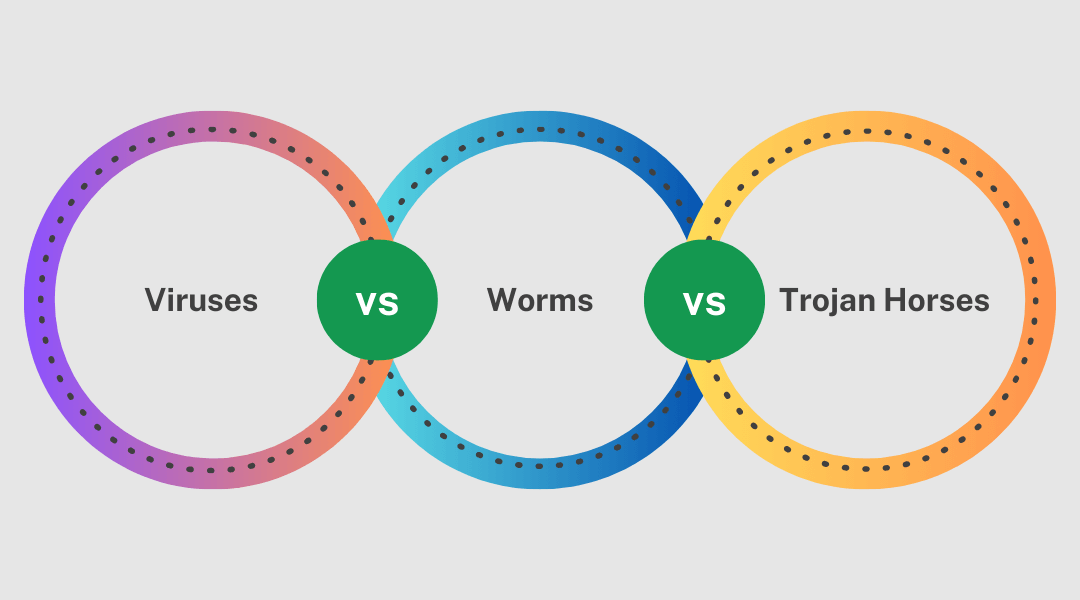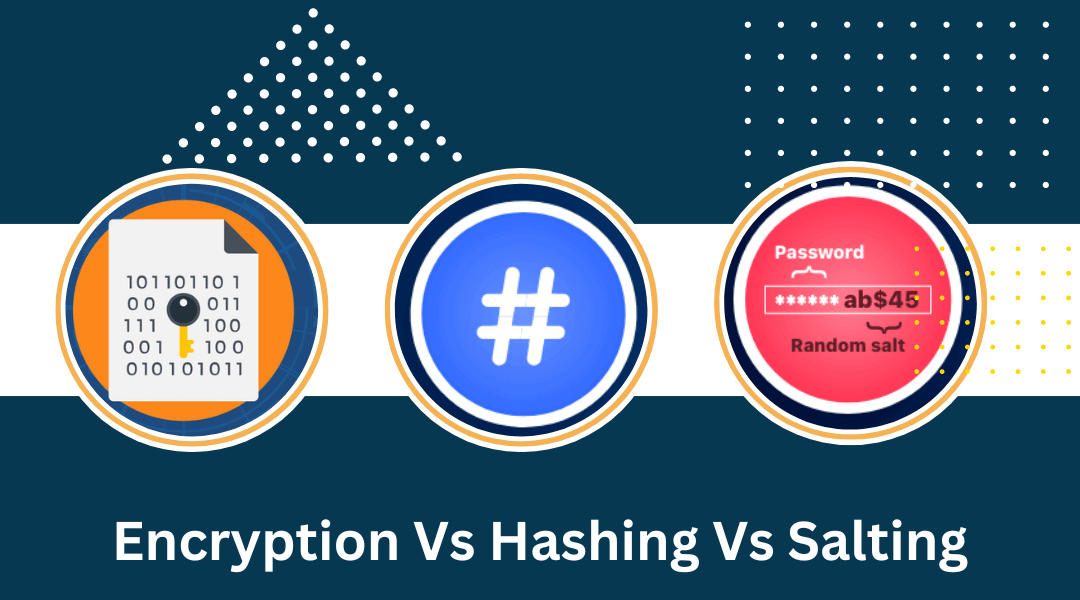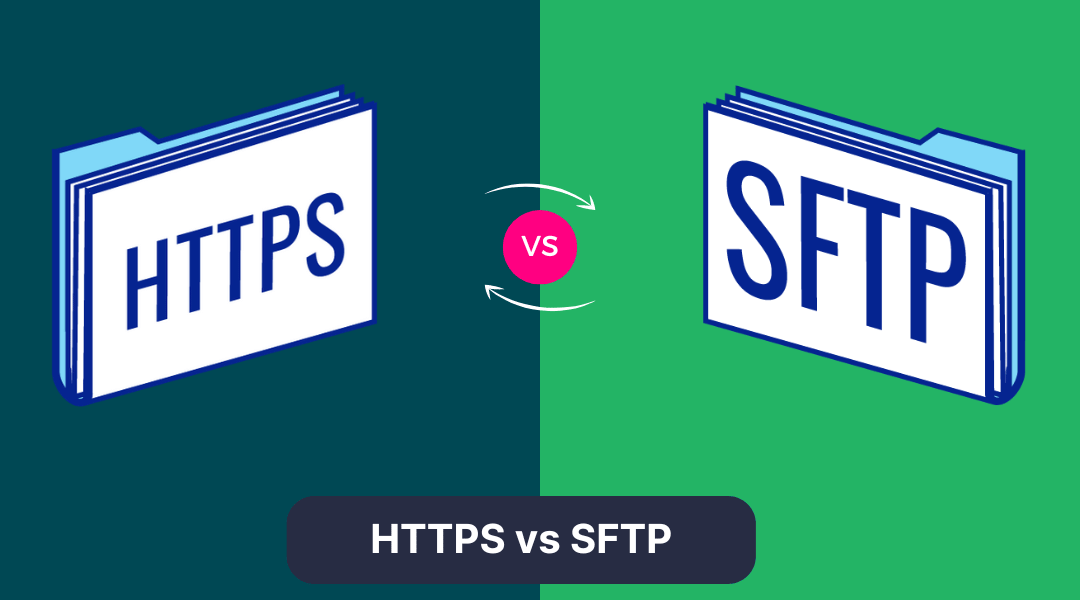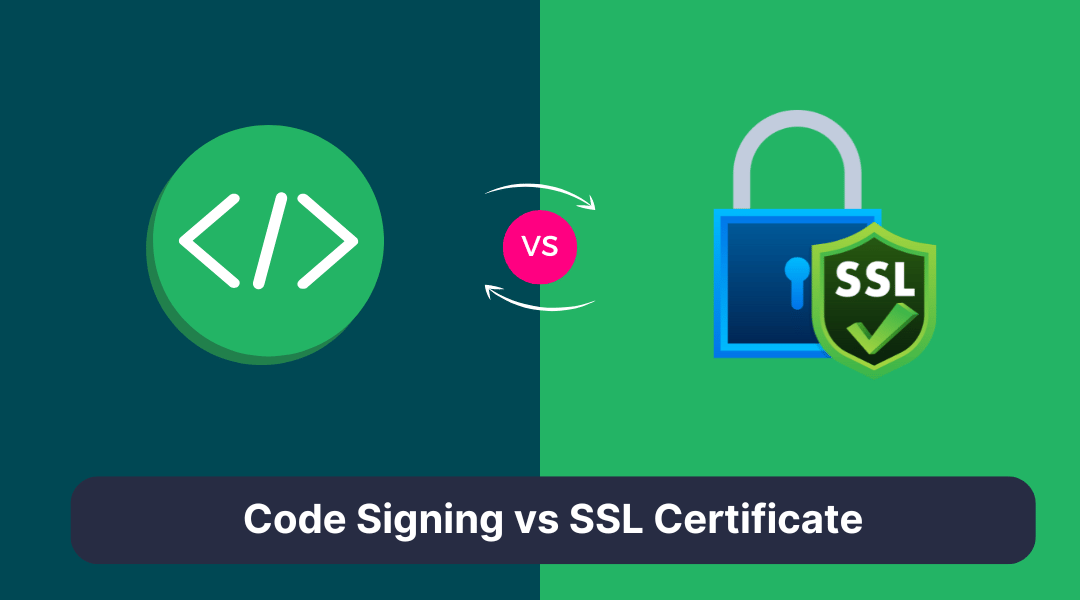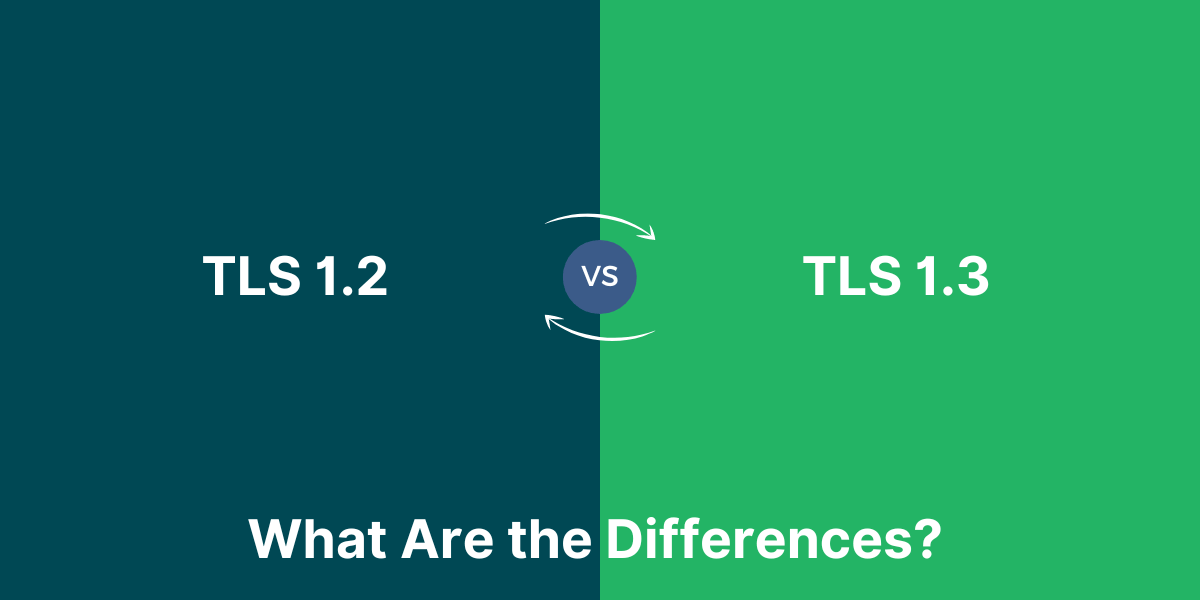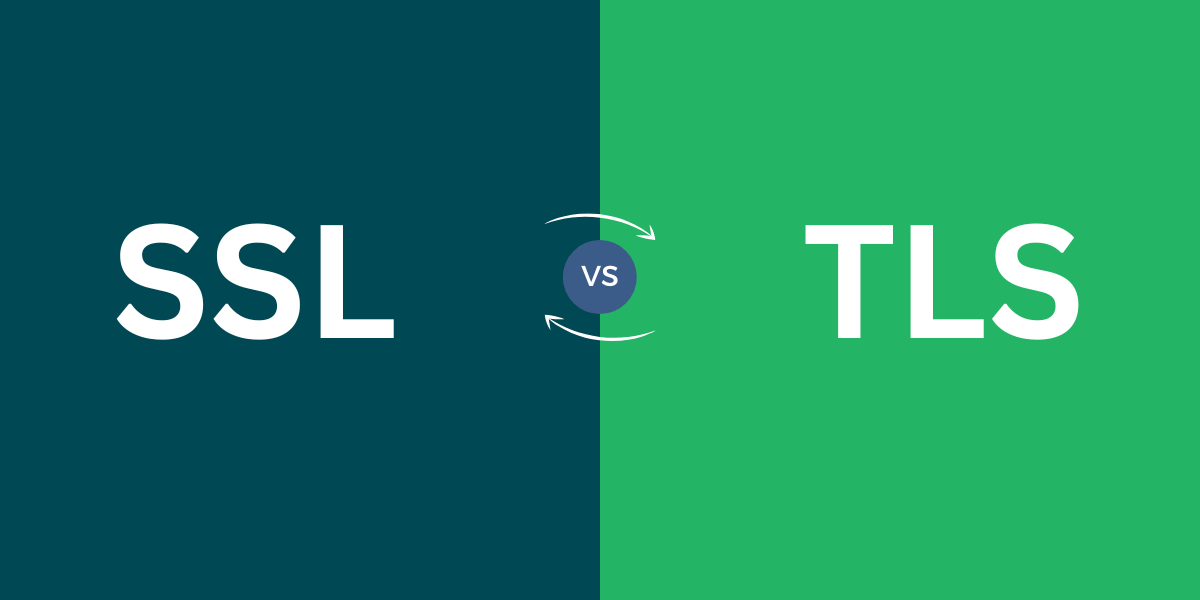Understanding Viruses, Worms, and Trojan Horses In the world of cybersecurity, few terms incite more concern and confusion than "virus," "worm," and "Trojan horse." Though they may sound similar, these types of malicious software (also known as "malware") work in...
